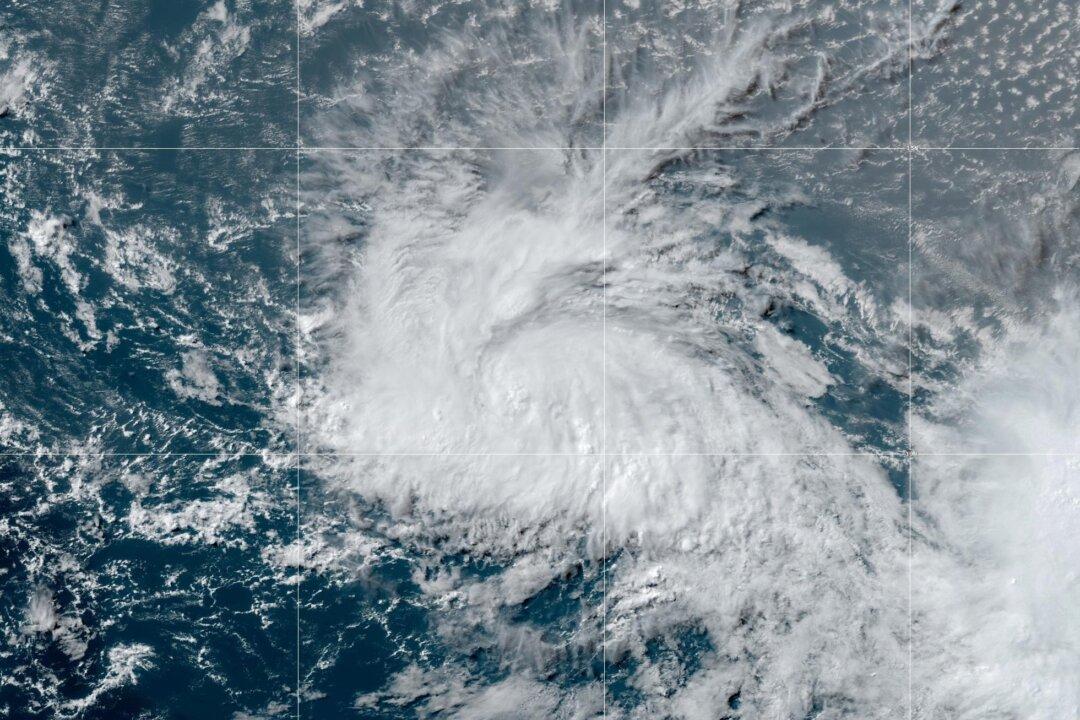Tropical Storm Bret, which formed in the central Atlantic Ocean on Monday, has the potential to become a hurricane and poses a risk to the eastern Caribbean by Thursday, followed by the Dominican Republic and Haiti during the upcoming weekend, according to forecasters.
As of 5 p.m. on Monday, Bret had sustained maximum winds of 40 mph (65 kph) and was moving westward at a speed of 21 mph (33 kph) across the Atlantic.





